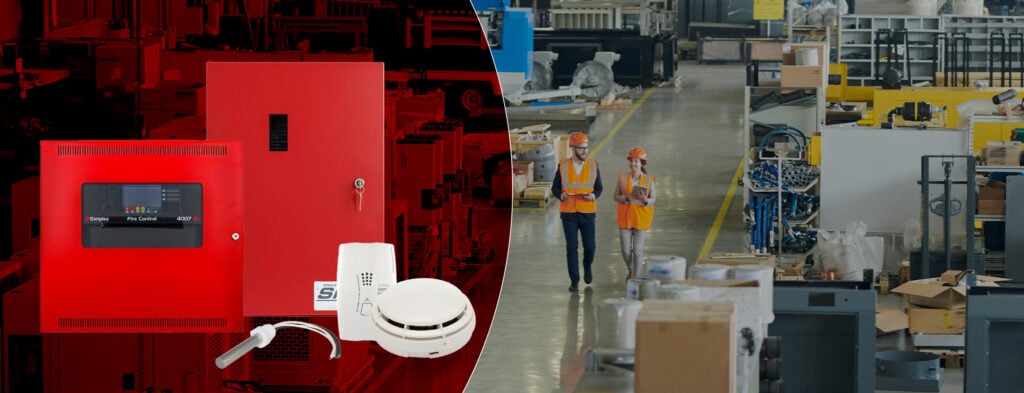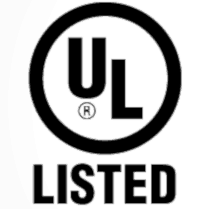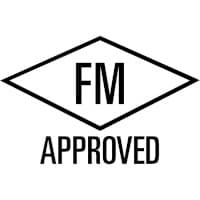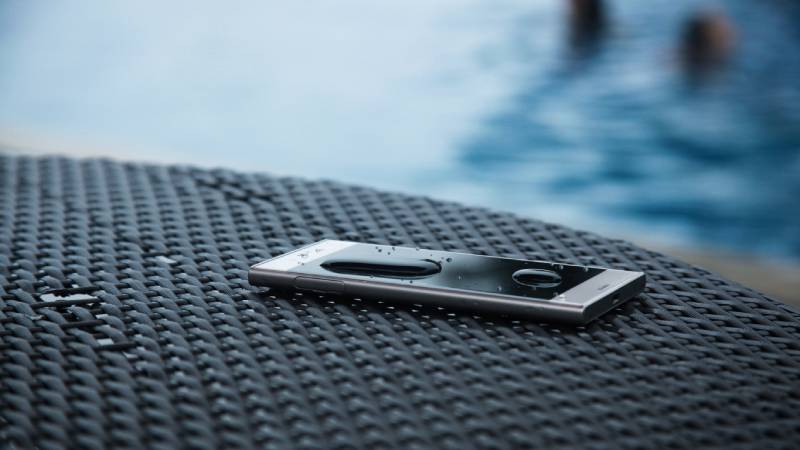
Ever wonder how you can really trust what a company says about its products? Take smartphones, for instance. When you’re considering purchasing the newest model, do you just blindly believe the manufacturer’s claim that it’s ‘the best ever’? Probably not! If you’re like me, you’re likely consulting with friends, scouring online reviews, or diving into professional benchmarks and comparisons. Why? Because we need to know that we are actually getting something that performs well at a fair price point. This pursuit of unbiased information stems from the inherent conflict of interest manufacturers face in promoting their own goods. In the fire safety industry, third-party testing facilities fulfill a comparable, yet even more critical, role in ensuring product integrity and occupant safety. Keep reading to learn about the different certifications used in the fire safety industry and how to navigate the system properly.
When it comes to fire safety, the difference between a product working as intended and malfunction are slim, and the consequences of failure are severe. Life, property, and the livelihoods of many are at stake when purchasing fire alarm system equipment. Thus, 3rd party testing facilities and certifications are extremely important institutions that we can use to validate that a product performs the way it should. Critical industries like the fire safety, construction, automotive, and medical industries rely heavily on 3rd party certification to screen for reliable products. The importance of these certifications are emphasized by the fact that AHJs may sometimes require that your products be certified for specific use cases, or they are deemed insufficient.
In the United States, UL certification is an indicator of safety, but it is not required. Whether or not a product requires certification will depend on the regulations of your local AHJ; however, certification also serve other important functions. Firstly, testing facilities give unbiased reviews of products that is free from conflict of interest. Most importantly, they also ensure that our devices have been tested to perform the way manufacturers say they do. Thorough testing by these 3rd parties prevent electrical, fire, or other hazards from being in the final product brought to market. The presence of these testing facilities naturally encourages companies to demonstrate more safety, produce more reliable products, and strive for regulatory compliance.
Product certifications are the ‘stamp of approval’ of 3rd party testing companies for certain products based on their internal testing. The reputation and testing methods used by that company will determine what product features they certify for and how valid the lab’s results are. As such, many retailers will reject a product that can potentially pose electrical or other dangers, but is not certified. If a product isn’t tested, then there is an issue of liability when stocking that product.
While they can issue lifetime certifications, companies like UL, FM, and ETL also offer continuous product monitoring. Product monitoring is a service program that ensures that products will be on time and meet quality standards at every stage of the production process. This monitoring can include random batch sampling, inspections, and ongoing compliance checks.
Since safety is their first priority, 3rd party laboratories have an incentive to constantly improve the methods that are used to test products. One instance of this is the addition of UL 268 7th edition, which included additional testing for smoke detector performance and the reduction of nuisance alarms. Thus, if your device is certified to UL 268 7th edition, it is verified to adequately detect fast burning fires from materials like polyurethane.
Keep Reading: UL 268 7th Edition Compliant Simplex Detectors >>


UL Listed and FM Approved markings
Underwriter’s Laboratory (UL) and Factory Mutual Approvals (FM) are both highly respected third-party certification bodies, primarily focused on safety and loss prevention. While they share a common goal of reliability and have strong anti-corruption policies, they differ in their focus and origins. While the primary focus of UL is product safety and performance-based metrics, FM is primarily concerned with property loss prevention, risk mitigation, and business continuity. Moreover, FM specializes on fire protection and industrial equipment, while UL covers a broader range of products, including consumer electronics, building equipment, and more.
Underwriter’s Laboratory Solutions (UL) is a company that performs certification, testing, verification, and similar services for companies in the United States. UL has been around for over a century, and is a widely recognized symbol of trust for product certification. When a product is UL listed, that means a representative sample of the product has undergone a series of rigorous tests that is designed to ensure safety, reliability, and compliance with electrical and fire standards.
Factory Mutual Approvals (FM) is the independent testing and certification arm of FM Global, an international insurance carrier that specializes in loss prevention services for large corporations. Founded in 1835, FM Global’s philosophy is rooted in the belief that property losses are preventable. FM Approvals leverages scientific research and testing to ensure products conform to the highest standards for safety and property loss prevention, with a strong emphasis on risk mitigation. When a product is FM approved, it means that it has been certified to meet their stringent standards for property loss prevention. This indicates a commitment to quality and performance.
Established by the International Electrotechnical Commission (IEC), a global standardization organization, the Ingress Protection (IP) rating system aims to promote international cooperation in electrical and electronic standardization. On the other hand, the National Electrical Manufacturers Association (NEMA) is an ANSI-accredited trade association that was founded in 1926. NEMA is recognized as one of the foremost organizations for electrical enclosure ratings. IP and NEMA Enclosures both tell us how well the housing of a product protects the internal components from water and solid objects. Both IP and NEMA also work on numerical scales, where higher numbers represent a higher level of protection.
An IP rating has two numbers, where the first number represents protection against solids, and the second number represents protection against liquids. The first number ranges from 0-6, while the second number ranges from 0 to 9. With 20 unique NEMA type ratings, the NEMA system allows producers to effectively communicate how their products are expected to perform, ensuring they’re matched to the right applications.

An IP54 rated smartphone has protection against a limited amount of dust and splashes of water.
NEMA 1 enclosures represent the lowest protection level, intended for indoor settings where they prevent accidental contact but lack defense against water or other substances. For reliable protection against water and solid objects, NEMA 12 and NEMA 4 are common, with NEMA 4 being preferred for outdoor applications due to its better sealing and ice resistance. NEMA also uses various characters to specify additional enclosure features that IP doesn’t cover:
| IP Code | Notes | Minimum NEMA Enclosure Required |
|---|---|---|
| IP20 | Protection against a solid object greater than 12.5mm / No water protection | NEMA 1 |
| IP54 | Dust Protected, limited ingress of dust permitted / Protected against water splashed from all directions. | NEMA 3 |
| IP66 | Dust-tight, no ingress of dust for 2-8 hours. / Some protection from water projected from powerful jets | NEMA 4, NEMA 4X |
| IP67 | Dust-tight, no ingress of dust for 2-8 hours / Protection against the effects of immersion in water between 15 cm and 1m for 30 minutes | NEMA 6 |
| IP68 | Used with 4098-9754EA. | NEMA 6P |
In the fire safety industry, fire department approvals are also important. For instance, New York and California have strict fire codes and regulations that tend to trickle down to other states and jurisdictions. This means that California State Fire Marshal (CSFM) and City of New York Certifications will mean that a product is likely to be accepted in your own jurisdiction. If you are interested in finding more certifications and testing facilities, visit OSHA’s list of Nationally Recognized Testing Laboratories.
Understanding third-party certifications like UL, FM, NEMA, and IP is essential for ensuring the reliability and safety of fire safety products. These certifications provide unbiased validation that equipment will perform as expected where it matters most, meeting critical industry standards and often satisfying the requirements of local authorities. For peace of mind and verified performance in your fire detection systems, explore our archive of certified detectors and control panels today!
$2,663.00
$1,087.00
$2,004.00
$30.49
$1,094.00
$119.49
$27.99